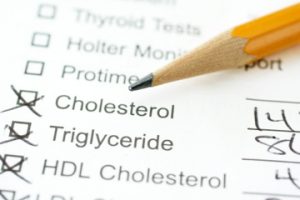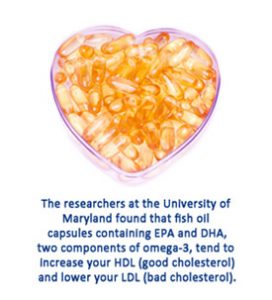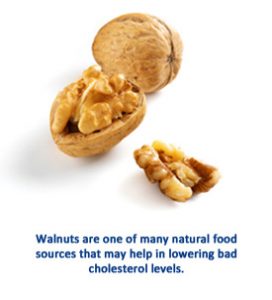Cholesterol
When the cholesterol number is 240 or above, it’s estimated that the risk for heart attack or stroke is more than doubled. Along with dietary changes medication will most likely be needed to lower that number to a safer level. Cholesterol plays a vital role in our health and well-being. Most people are familiar with the term and understand that high cholesterol is a major risk factor when it comes to heart disease and stroke. But cholesterol can be confusing because there is good cholesterol, bad cholesterol and numbers that measure the different types. Knowing which is which and understanding the numbers will help you develop a plan to keep your cholesterol under control and reduce the odds of heart disease or stroke.

What Is Cholesterol?
Cholesterol is a type of fat called a lipid, which the human body uses in the production of new cells and hormones. Cholesterol has two sources: it is produced naturally by the body and is present in the foods we eat. While a body needs cholesterol to maintain its nutritional balance, too much may cause build-up in the arteries, potentially leading to a heart attack or stroke.

There Are Three Types of Cholesterol:
- Low Density Lipoproteins (LDLs) are considered the “bad” cholesterol and the cause of build-up in the arteries. LDL is mostly fat and very little protein. If you have high cholesterol, your doctor will attempt to lower the LDL level, usually through diet first, then medication if necessary.
- High Density Lipoproteins (HDLs) are the “good” cholesterol. HDL is more protein than fat and it helps to clear the bad cholesterol from the body and prevent build-up in your veins.
- Triglycerides are fat in the blood that comes from the food you eat. When a person has both high triglycerides and high LDL, the chances of having a heart attack or developing heart disease are significantly increased. As with high LDL, doctors will typically start with dietary changes, and if that does not lower the two “bad” cholesterols, medication may be used to treat the problem.
Understanding Cholesterol Numbers
Cholesterol measurements are expressed in number of milligrams per deciliter (one-tenth of a liter) of blood. A blood test determines individual numbers for each of the types of cholesterol and an overall number that provides an indicator of arterial health.

Under 200:
Overall cholesterol under 200 is considered a good number and absent other factors you are usually at lower risk for heart disease.
200-239:
Cholesterol between 200 and 239 is considered borderline and serves as a warning that requires your attention. Your physician will be able to guide you through the changes necessary to diet and lifestyle that can help push that number back to a healthy level. Depending on the individual cholesterol levels (LDLs, HDLs, triglycerides), medication may be necessary.
240 and above:
When the cholesterol number is 240 or above, it’s estimated that the risk for heart attack or stroke is more than doubled. Along with dietary changes medication will most likely be needed to lower that number to a safer level.
This simplified explanation of cholesterol is here to further your understanding of what it is and how it affects your body. Detailed information including a breakdown of LDL, HDL, and triglyceride numbers is available at websites such as: the American Heart Association (Heart.org)
See your physician at least annually for a physical. A cholesterol test is normally performed as part of the examination. For most people cholesterol is very controllable. Know your numbers and how to manage them and you’ve taken a major step to enjoying prolonged good health.




